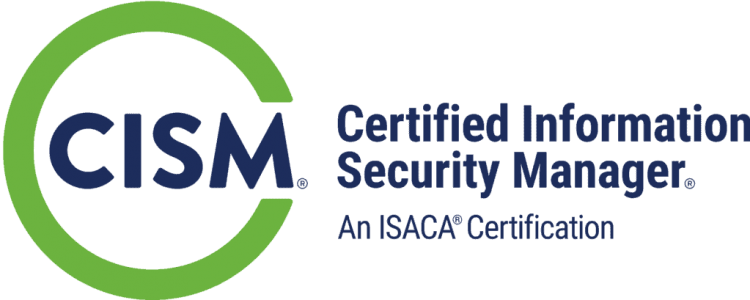Course Overview:
The Computer Hacking Forensic Investigator (CHFI) course delivers the security discipline of digital forensics from a vendor-neutral perspective. CHFI is a comprehensive course covering major forensic investigation scenarios and enabling students to acquire necessary hands-on experience with various forensic investigation techniques and standard forensic tools necessary to successfully carry out a computer forensic investigation leading to the prosecution of perpetrators.
The CHFI certification gives participants the necessary skills to perform an effective digital forensics investigation. CHRI presents a methodological approach to computer forensics including searching and seizing, chain-of-custody, acquisition, preservation, analysis and reporting of digital evidence
What’s Included:
- 5 days of instructor-led in classroom training
- Detailed Labs for hands-on learning experience; approximately 50% of training is dedicated to labs
- Hundreds of investigation tools including EnCase, Access Data FTL, & ProDiscover
- Huge cache of evidence files for analysis including RAW, .dd images, video & audio files, MS Office files, systems files, etc.
- CHFI Courseware
- Exam Voucher
- CHFI onsite exam scheduling
Course Objectives:
- Establish threat intelligence and key learning points to support pro-active profiling and scenario modeling
- Perform anti-forensic methods detection
- Perform post-intrusion analysis of electronic and digital media to determine the who, where, what, when, and how the intrusion occurred
- Extract and analyze of logs from various devices like proxy, firewall, IPS, IDS, Desktop, laptop, servers, SIM tool, router firewall, switches AD server, DHCP logs, Access Control Logs & conclude as part of investigation process
- Identify & check the possible source/ incident origin
- Recover deleted files and partitions in Windows, MAC OS X, and Linux
- Conduct reverse engineering for known and suspected malware files
- Collect data using forensic technology methods in accordance with evidence handling procedures, including collection of hard copy and electronic documents
Dates/Locations:
Duration: 5 Days
Course Content:
-
- Module 01. Computer Forensics in Today’s World
- Module 02. Computer Forensics Investigation Process
- Module 03. Understanding Hard Disks and File Systems
- Module 04. Data Acquisition and Duplication
- Module 05. Defeating Anti-forensics Techniques
- Module 06. Operating System Forensics (Windows, Mac, Linux)
- Module 07. Network Forensics
- Module 08. Investigating Web Attacks
- Module 09. Database Forensics
- Module 10. Cloud Forensics
- Module 10. Malware Forensics
- Module 11. Investigating Email Crimes
- Module 12. Investigating Email Crimes
- Module 13. Mobile Forensics
- Module 14. Forensics Report Writing and Presentation
Prerequisites:
-
-
- 2+ years of proven information security work experience
- Educational background with digital security specialization
Target Audience:
-
- Law Enforcement
- Defense & Military
- E-Business Security
- Systems Administrators
- Legal Professionals
- Banking & Insurance professionals
- Government Agencies
- IT Managers
-
-
Comments
Latest comments from students
Liked the class? Then let everyone know!
